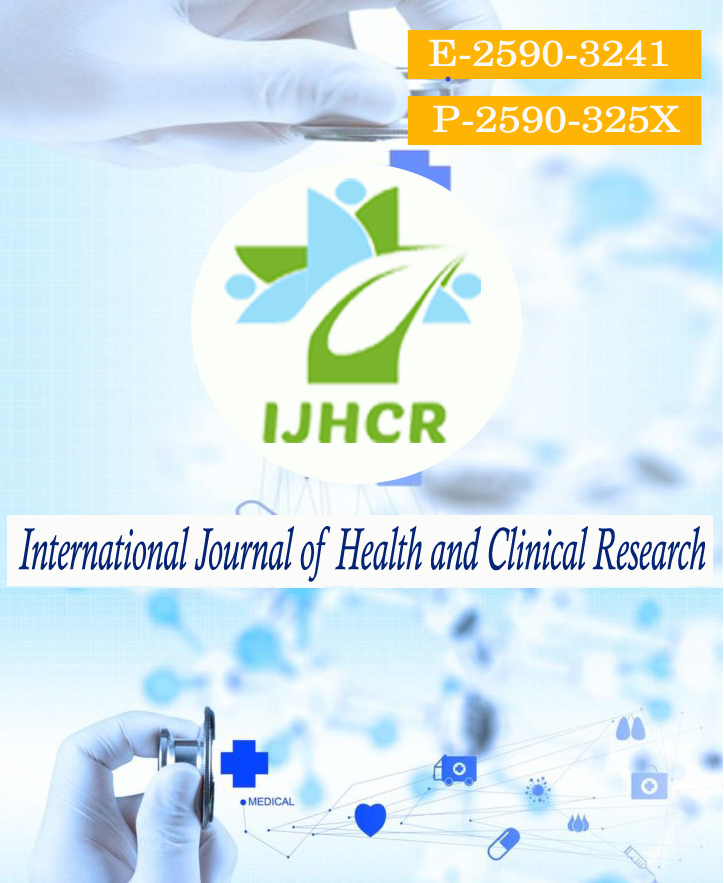Assessment of nutritional status and stress among adolescent girls
Keywords:
Nutritional status, adolescent, stressAbstract
Background: The three most serious and common effects of stress are adrenal fatigue, neurotransmitter imbalances and hormonal and immunological disorders. The present study was conducted to assess nutritional status and stress among adolescent girls. Materials & Methods: 90 adolescent girls aged 12-18 years was recorded. The daily nutrient intake was calculated in terms of energy, protein, fat, ascorbic acid, iron, retinol, folic acid, and calcium. Results: The mean energy (Kcal) was 1406.4, 1540.2, 1724.3, 1892.2, 1911.2 and 1956.4, protein (g) was 19.2, 25.2, 27.0, 30.2, 31.2 and 30.6, fat (g) was 30.4, 31.6, 31.5, 31.6, 32.0 and 18.6, calcium (mg) was 435.4, 502.4, 560.5, 618.9, 620.4 and 468.2, iron (mg) was 15.4, 17.6, 19.4, 20.4, 20.5 and 17.2, retinol (μg) was 310.2, 310.5, 472.4, 501.4, 512.5 and 494.2, vit C was 19.4, 19.0, 21.9, 22.5, 23.3 and 23.4 and dietary folate (μg) was 98.2, 98.8, 119.4, 132.0, 134.2 and 126.5 in 12 years, 13 years, 14 years, 15 years, 16 years and 17 years respectively. The reasons for stress among adolescent was unhealthy dietary habits was seen in10%, inadequate sleep in 14%, academic work load was 22% and inadequate exercise in 7%. The difference was significant (P< 0.05). Conclusion: There was low nutritional status among adolescent girls. Reasons for stress among adolescent was unhealthy dietary habitsinadequate sleep, academic work load and inadequate exercise.
Downloads
Published
How to Cite
Issue
Section
License
Copyright (c) 2022 Anwarul Kabir, Amit Upadhyay, Ankita Prakash, Rashmi Prakash

This work is licensed under a Creative Commons Attribution 4.0 International License.






 All articles published in International Journal of Health and Clinical Research are licensed under a
All articles published in International Journal of Health and Clinical Research are licensed under a 